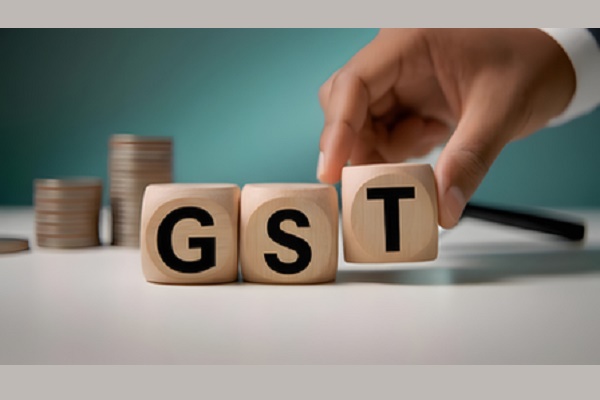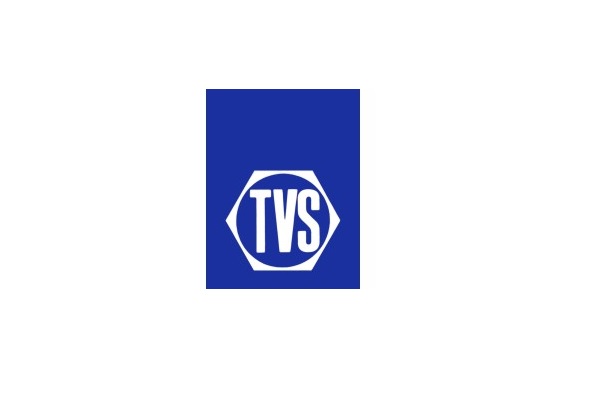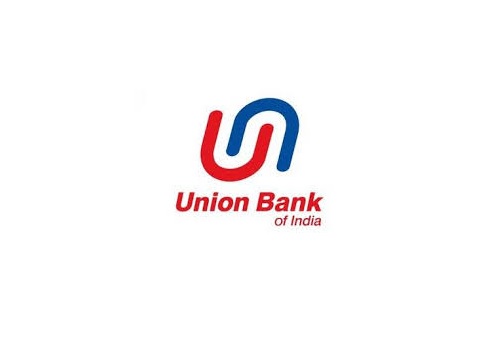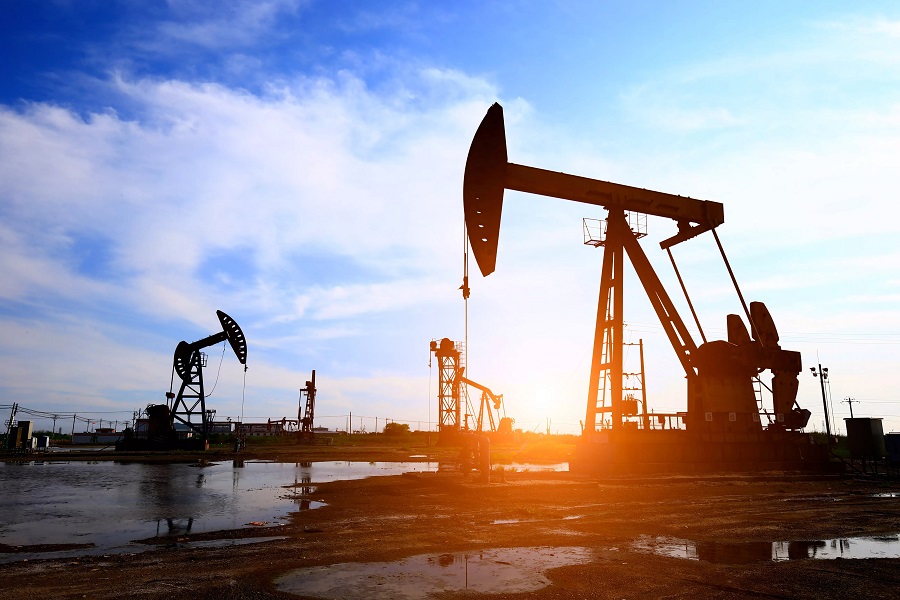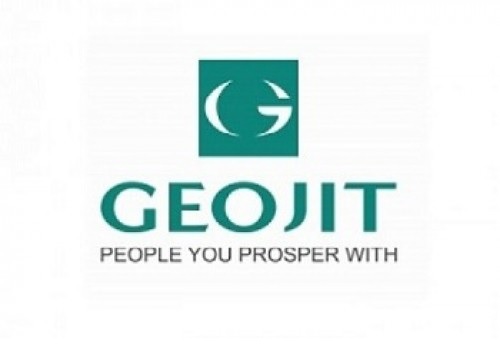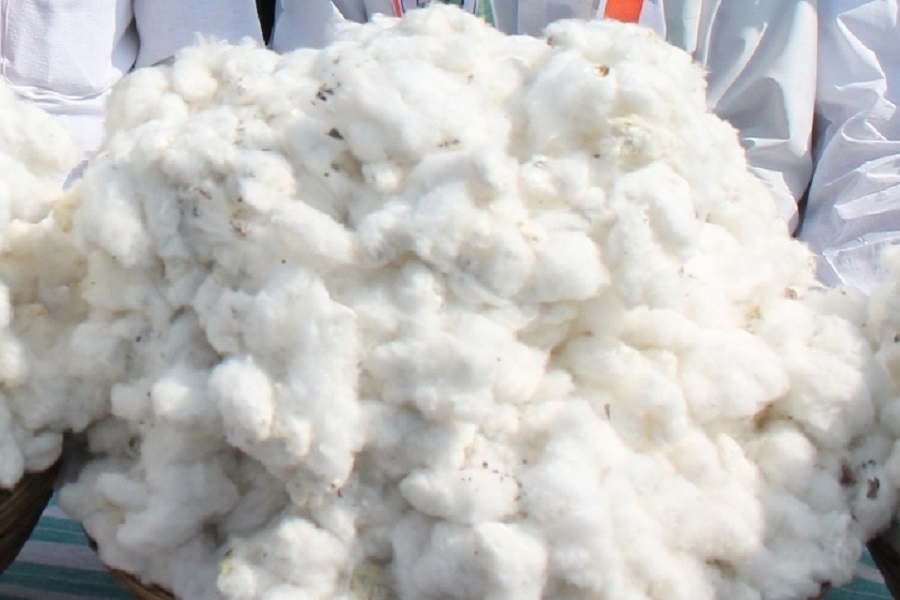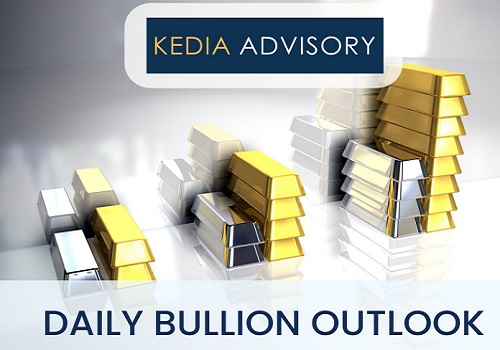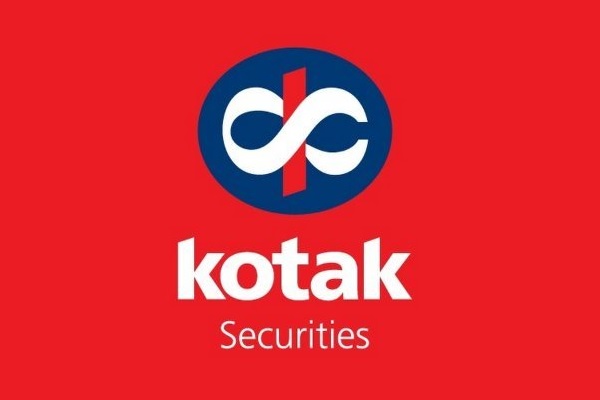Zinc trading range for the day is 250.5-258.1 - Kedia Advisory

Gold
Gold prices edged lower by 0.24% to Rs.97,719, weighed down by a modest rebound in the U.S. dollar and profit-booking, as investors turned cautious amid geopolitical uncertainties and shifting U.S. trade policies. Anticipation surrounds a scheduled call between President Trump and China's Xi Jinping, following renewed tariff accusations by Trump, keeping markets on edge. Further dampening sentiment were the OECD's revised projections, forecasting a slowdown in global economic growth to 2.9% in 2025–2026 from 3.3% in 2024. From the U.S., mixed economic data continued to influence the outlook for interest rates. Job openings rose above expectations to 7.39 million in April, yet the number of voluntary quits dropped to a four-month low. Additionally, factory orders fell 3.7%—the first decline in five months—signaling weakening momentum in the manufacturing sector. Investors are now keenly awaiting Friday’s U.S. non-farm payrolls data and speeches from Federal Reserve officials for clearer guidance on rate policy. Physical gold demand in India remained muted, weighed by high domestic prices and the conclusion of the wedding season, pushing dealer discounts to $31 per ounce. Meanwhile, China saw a dip in premiums and a surge in April imports, underscoring varied global demand dynamics. Technically, gold is undergoing long liquidation, with a 0.84% drop in open interest to 15,902. Key support lies at Rs.97,325, with further downside possible toward Rs.96,930. Resistance is pegged at Rs.98,010, and a break above may take prices to Rs.98,300.
Trading Ideas:
* Gold trading range for the day is 96930-98300.
* Gold declined as dollar rebounded slightly and investors engaged in profit-taking.
* U.S. job openings beat expectations; job quits fell to a four-month low.
* OECD said the global economy is on course to slow from 3.3% last year to 2.9% in 2025 and 2026.
Silver
Silver prices edged up by 0.20% to Rs.101,216, supported by continued market uncertainty stemming from U.S. trade tensions and tariff developments. The slight rebound in the dollar ahead of key U.S. labor data, along with lingering investor caution, influenced market behavior. Anticipation surrounds a potential call between President Trump and China's Xi Jinping, following Trump's accusation that China breached a recent trade agreement—adding another layer of geopolitical risk. The OECD's downgrade of global growth projections further dampened sentiment, increasing silver’s safe-haven appeal. Fundamentally, silver remains well-supported by a solid supply-demand outlook. For the fifth consecutive year, the market is forecast to register a significant deficit, driven primarily by strong industrial demand. Global demand is projected to remain steady at 1.2 billion ounces in 2025, with industrial fabrication expected to grow 3%, exceeding 700 million ounces for the first time. This is primarily due to silver’s critical role in green technologies and industrial applications. However, jewellery and silverware demand are projected to decline by 6%, with India expected to see a steep drop due to elevated local prices. Still, the silver coin and bar segment is likely to rebound with a 7% gain in 2025 after a sharp 22% fall last year. Technically, silver is in a short covering phase as open interest fell by 0.66% to 17,601, while prices rose Rs.205. Key support lies at Rs.100,270, with further downside possible to ?99,330. Resistance is seen at Rs.101,750, and a break above could test Rs.102,290.
Trading Ideas:
* Silver trading range for the day is 99330-102290.
* Silver gains amid US trade uncertainty.
* The dollar rose ahead of key US labor data due later this week, which could influence the Fed’s interest rate path.
* OECD downgraded global growth forecasts, adding to investor caution.
Crude oil
Crude oil prices surged by 1.49% to settle at Rs.5,455 amid escalating geopolitical tensions and tightening global supply concerns. Key drivers included the lack of progress in Russia-Ukraine peace talks and Iran’s likely rejection of a U.S. nuclear proposal, which dampened hopes for any near-term resolution. Additionally, a wildfire in Alberta, Canada, disrupted oil and gas production, adding to fears of supply disruptions. OPEC+ maintained its planned July output increase, easing concerns of a larger production boost and supporting market sentiment. On the front, the U.S. Energy Information Administration (EIA) reported a significant drop of 2.795 million barrels in crude oil inventories for the week ending May 23, contrary to expectations of a 0.6 million barrel build. Gasoline and distillate fuel stocks also declined by 2.441 million and 724,000 barrels respectively, indicating healthy refined fuel demand despite broader economic uncertainties. However, crude stocks at Cushing, Oklahoma, rose modestly by 75,000 barrels. While U.S. crude oil production hit a new record high at 13.488 million barrels per day in March, the lowest oil product demand in a year raised concerns about domestic consumption. Globally, the IEA forecasted a moderation in oil demand growth to 650,000 bpd for the rest of 2025, with annual growth adjusted slightly higher to 740,000 bpd. Technically, crude is in a fresh buying phase with open interest spiking by 28.4% to 7,817. Key support is seen at Rs.5,376, with a break below likely testing Rs.5,296. Resistance lies at Rs.5,507, above which prices could test Rs.5,558.
Trading Ideas:
* Crudeoil trading range for the day is 5296-5558.
* Crude oil gains as ongoing geopolitical tensions fueled concerns over tighter global supply.
* Canada wildfire shuts oil output in Alberta, deepening supply concerns
* OPEC+ kept output increases in July at the same level as the previous two months
Natural gas
Natural gas prices climbed 1.62% to settle at Rs.319.8, supported by rising demand, declining output, and a broader energy market rally. Warmer-than-normal temperature forecasts have boosted expectations for increased air conditioning use, further raising power generation demand. Meanwhile, U.S. natural gas production fell to 105.0 billion cubic feet per day (bcfd) in May from a record 105.8 bcfd in April, largely due to seasonal maintenance activities, including on Kinder Morgan’s Permian Highway pipeline. Adding to the bullish sentiment, a 3% rally in crude oil—after OPEC+ opted to keep its July output steady—also lifted natural gas prices. However, feedgas deliveries to U.S. LNG export terminals dipped to 15.1 bcfd from April’s 16.0 bcfd peak due to brief maintenance-related outages at facilities like Cameron, Sabine Pass, Corpus Christi, and Freeport LNG, limiting export flow temporarily. On the storage front, U.S. utilities injected 101 billion cubic feet into storage for the week ending May 23, broadly in line with expectations. According to the EIA, U.S. natural gas output and consumption are forecast to hit record highs in 2025, with production reaching 104.9 bcfd and consumption at 91.3 bcfd. Technically, natural gas is showing signs of fresh buying, with open interest rising sharply by 21.8% to 14,156. Support is seen at Rs.313.2, with a break below likely testing Rs.306.5. Resistance is placed at Rs.324.6, above which prices could rise toward Rs.329.3.
Trading Ideas:
* Naturalgas trading range for the day is 306.5-329.3.
* Natural gas rose on stronger demand, falling output, and broader energy market rally.
* Warmer weather forecasts boosted expectations for higher air conditioning-related gas demand.
* U.S. gas production declined due to seasonal pipeline maintenance, notably Permian Highway work.
Copper
Copper prices edged up by 0.43% to settle at Rs.871.6, supported by escalating trade tensions and tightening supply, despite concerns over weaker demand from China. U.S. President Donald Trump's announcement to double tariffs on aluminium and steel imports sparked fears that copper could be next, especially amid an ongoing U.S. investigation into copper imports. Limiting the upside was weak economic data from China, where a private survey showed manufacturing activity contracted in May, reaching its lowest level in over two years. The decline in new export orders underlined mounting pressure from existing U.S. tariffs, mirroring the official PMI data that also showed a contraction in factory activity for the second straight month. China’s copper imports remained flat at 438,000 metric tons year-on-year in April, while year-to-date imports were down 3.9%. Supply-side fundamentals provided a floor for prices. LME copper inventories dropped to 143,850 tons—the lowest in nearly a year—while the cash-to-three-month spread widened to a $51.6/ton premium, signaling tight near-term supply. Chile’s copper production rose 13.5% year-on-year in April to 463,639 metric tons, but this was offset by sharp inventory declines elsewhere, including a 60% monthly drop in Shanghai Futures Exchange stocks. According to the ICSG, the refined copper market showed a surplus of 17,000 metric tons in March. Technically, copper is under short covering as open interest dropped 2.68% to 6,835. Immediate support lies at Rs.861.7, with further downside risk to Rs.851.8. On the upside, resistance is seen at Rs.877.2, and a break above could push prices toward Rs.882.8.
Trading Ideas:
* Copper trading range for the day is 851.8-882.8.
* Copper gains after speculation about possible new import tariffs.
* LME stocks dropped to 143,850 tons, a yearly low, after 4,600-ton daily outflow.
* Private and official PMIs showed China’s factory activity contracted for a second month.
Zinc
Zinc prices edged higher by 0.29% to settle at Rs.255.15, buoyed by tightening supply conditions, as inventories on the Shanghai Futures Exchange dropped nearly 5% over the past week. This decline reflects ongoing maintenance at several smelters and persistently low stock levels, contributing to concerns about near-term availability. However, the upside remained capped by broader uncertainty in global metal markets, with trade tensions and weak manufacturing data weighing on sentiment. China’s manufacturing sector continued to show signs of weakness, with the PMI contracting for the second consecutive month. This has fueled expectations for further economic stimulus from Beijing, which could potentially reinvigorate industrial demand, including for zinc. On the trade front, U.S. President Donald Trump's decision to double tariffs on imported steel and aluminium to 50% has heightened tensions, particularly with the European Union, adding further strain to global trade dynamics. From a fundamental perspective, the global zinc market surplus narrowed sharply to 23,700 metric tons in March from 75,900 tons in February, according to the International Lead and Zinc Study Group (ILZSG). Cumulatively, the surplus in the first quarter stood at 143,000 tons, slightly below the 148,000 tons recorded during the same period last year. Technically, the zinc market is under short covering, as open interest declined by 0.72% to 3,038. Immediate support lies at Rs.252.9, with further downside potential toward Rs.250.5. Resistance is seen at Rs.256.7, and a break above this level could push prices toward Rs.258.1.
Trading Ideas:
* Zinc trading range for the day is 250.5-258.1.
* Zinc gains as Shanghai zinc inventories declined nearly 5%, reflecting tight supply from ongoing smelter maintenance.
* However upside seen limited amid global trade concerns and broad weakness in metal markets.
* China’s manufacturing PMI contracted for a second month, pressuring zinc demand outlook.
Aluminium
Aluminium prices rose by 0.38% to settle at Rs.239.45, supported by heightened trade tensions and expectations of increased tariffs. U.S. President Donald Trump’s announcement to double tariffs on steel and aluminium imports to 50% significantly boosted physical market premiums, particularly in the U.S. Midwest, where the aluminium premium surged 54% to $0.58 per lb—or $1,279 per metric ton. China, the world's top consumer of aluminium, saw factory activity contract in May for the first time in eight months. The Caixin/S&P Global manufacturing PMI fell sharply to 48.3, its lowest in nearly three years, while the official PMI also showed contraction for the second consecutive month. Similar softness was seen in U.S. manufacturing, which contracted for the third month in a row. Amid these signals of a broader economic slowdown, traders are watching closely for any communication between U.S. and Chinese leadership, which could offer further direction. Despite economic headwinds, Goldman Sachs raised its aluminium price forecast for H2 2025 by $140 to $2,280/ton, citing a tighter-than-expected market surplus and upgraded demand growth forecasts from 1.1% to 1.8% YoY. On the supply side, China’s aluminium production rose 4.2% YoY in April to 3.75 million tons, with total output from January to April up 3.4%. Additionally, aluminium exports surged 17% YoY over the first ten months of the year. Technically, the market is under short covering, with open interest dropping by 0.16% to 4,383. Aluminium has support at Rs.237, with further downside likely towards Rs.234.4, while resistance is seen at Rs.240.9, and a move above could lift prices to Rs.242.2.
Trading Ideas:
* Aluminium trading range for the day is 234.4-242.2.
* Aluminium gains amid looming tariff hikes on steel and aluminium.
* Goldman Sachs raised H2 2025 aluminium forecast to $2,280/ton on tighter surplus outlook.
* U.S. Midwest aluminium premiums surged 54% after Trump announced tariff hikes to 50%.
Turmeric
Turmeric prices settled marginally lower by 0.25% at Rs.13,778, pressured by increased market arrivals and subdued export enquiries. Daily arrivals surged to approximately 57,500 quintals, nearly doubling from the previous session, which contributed to the downward pressure on prices. Despite this, the downside remains limited amid ongoing concerns about lower production and supply constraints. Although the area under turmeric cultivation has expanded to 3.30 lakh hectares—10% more than last season—untimely rains have dampened yield expectations. New crop yields are estimated to be 10–15% lower, particularly in key growing regions like Nanded, where issues such as small rhizomes and crop rot have been reported. Support also stems from strong demand for the new crop, especially in markets like Duggirala, where fresh arrivals are consistently fetching higher prices due to better quality. Market activity remains robust, with daily trade volumes ranging between 1,000 and 1,200 bags, and nearly 50–55% of the season's new crop already traded. On the export front, turmeric shipments for April–March 2025 rose by 8.83% YoY to 176,325 tonnes. However, March 2025 exports dipped by 13.41% compared to March 2024 but were up 20.39% from February 2025, indicating some recovery in overseas demand. Technically, the market is undergoing long liquidation, as evidenced by a 1.68% drop in open interest to 14,590 while prices fell by Rs.34. Turmeric finds immediate support at Rs.13,506, with further downside likely toward Rs.13,236 if broken. Resistance is seen at Rs.14,190, and a move above this level may open the path to Rs.14,604.
Trading Ideas:
* Turmeric trading range for the day is 13236-14604.
* Turmeric dropped due to increased arrivals and owing to weak export enquiries.
* However downside seen limited amid persistent concerns about low lower production.
* Turmeric exports during Apr - Mar 2025, jump by 8.83 percent at 176325.34 tonnes compared to Apr - Mar 2024.
* In Nizamabad, a major spot market, the price ended at 14389.45 Rupees gained by 0.43 percent.
Jeera
Jeera prices declined by 0.74% to Rs.20,255 amid subdued domestic buying and weak export demand. The downtrend is largely attributed to the end of the retail buying season and continued inactivity from international buyers. Additionally, pressure has built due to increased supplies, as arrivals in major mandis surged to 32,900 bags from 28,000 bags in the previous session. Despite the delay in the new crop from Gujarat—caused by unfavourable weather conditions pushing sowing by nearly a month—ample carryover stocks have cushioned any significant supply shock. Farmers reportedly still hold about 20 lakh bags of cumin, with only 3–4 lakh bags expected to be traded by the end of the season, leading to a substantial carry-forward stock of around 16 lakh bags. Jeera export data paints a mixed picture. Exports during April–March 2025 rose by 39.63% YoY to 212,502 tonnes, highlighting strong annual performance. However, March exports fell sharply by 46.03% compared to March 2024, indicating a recent slowdown in global demand. On the import front, a steep 93.20% decline was recorded YoY, dropping to just 1,194 tonnes from 17,571 tonnes the previous year. Technically, the market is in a phase of long liquidation, as seen from a 4% drop in open interest to 5,322 while prices fell by Rs.150. Jeera is finding immediate support at Rs.20,140, with a break potentially taking it down to Rs.20,010. On the upside, resistance is seen at Rs.20,460, and a move beyond this level could push prices toward Rs.20,650.
Trading Ideas:
* Jeera trading range for the day is 20010-20650.
* Jeera dropped due to lower buying from domestic buyers and subdued export demand.
* The current season is expected to have similar production levels as last year due to better crop conditions.
* Jeera exports during Apr - Mar 2025, rose by 39.63 percent at 212502.49 tonnes compared Apr - Mar 2024.
* In Unjha, a major spot market, the price ended at 20722.85 Rupees gained by 0.1 percent.
Views express by all participants are for information & academic purpose only. Kindly read disclaimer before referring below views

